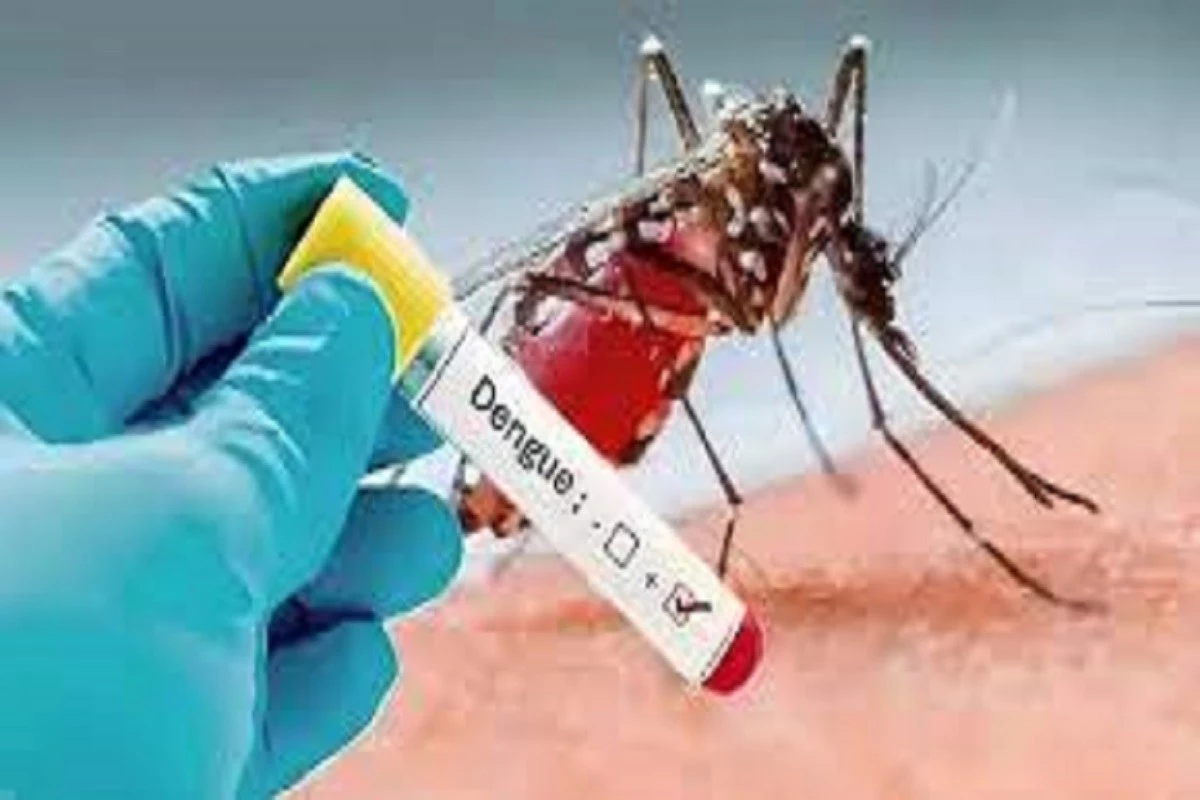
On August 30, Patna reported a significant increase in dengue cases, with 15 to 20 new patients being admitted to hospitals each day. The city marked its first dengue-related death of the season on Thursday. Aryan Kumar, a critically ill patient from Patna City, died at NMCH. Aryan’s death was the first dengue fatality in Bihar this year, as confirmed by Dr. Subhash Chandra Prasad. Dr. Prasad is the district infectious disease control officer.
Since January 1, Patna has recorded 240 dengue cases. Areas such as Patliputra Colony, Kumhrar, among others are now hotspots for the disease, reporting the highest number of cases.
To combat the outbreak, the health department is working with the Patna Municipal Corporation and other district officials to carry out fogging operations. These efforts aim to reduce mosquito breeding sites and curb the spread of dengue.
So far this monsoon season, the state has reported 656 dengue cases since January. Most of these cases have occurred in July and August, coinciding with the peak monsoon period.
Also Read: People Have To Choose Between Terrorism & Peace: Union Minister On J&K Polls
Dr. Prasad emphasized that a rise in dengue cases is typical during the monsoon. To address this, the health department has established dedicated dengue wards in all major hospitals and medical colleges in Patna. These wards provide free treatment to patients.
For example, Nalanda Medical College and Hospital (NMCH) has set up a 55-bed dengue ward, which currently has six patients. Likewise, Patna Medical College and Hospital (PMCH), Indira Gandhi Institute of Medical Sciences (IGIMS), Patna AIIMS, and Sadar Hospital have all created dedicated dengue wards.
Dengue patients often experience high fever, which can lead to a rapid decrease in platelet counts, increasing the risk of internal bleeding. To manage this, hospitals have ensured the availability of platelets, and blood banks have been instructed to remain vigilant in preserving them.
Authorities continue to work diligently to manage the outbreak and provide necessary care to those affected.
To read more such news, download Bharat Express news apps


















